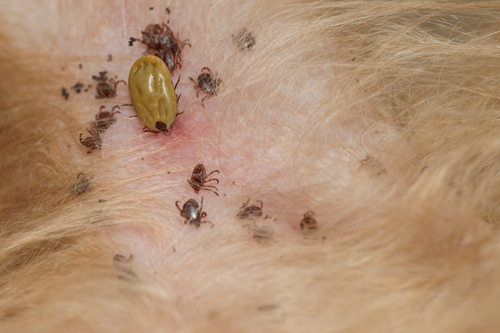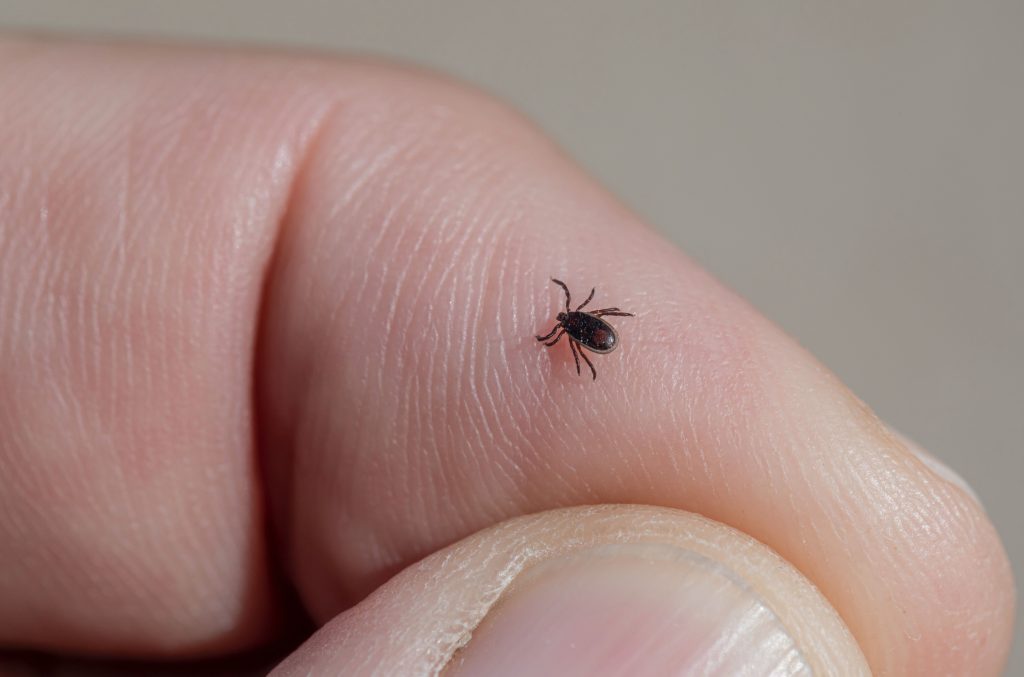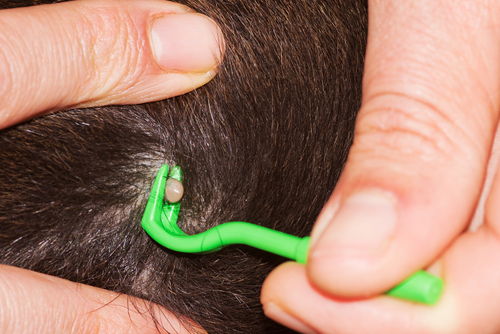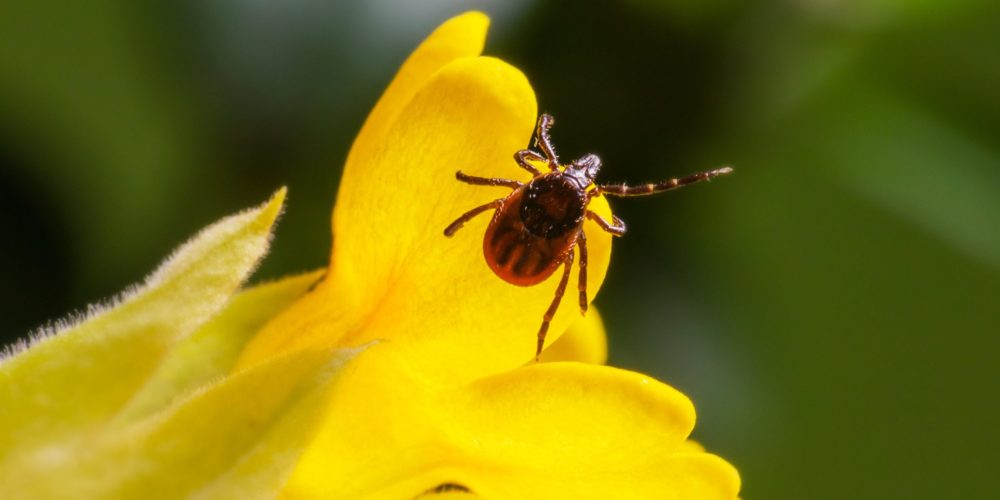Tick talk – getting to know your adversaries
Before we dive into the battlefield, let’s understand our adversaries. Ticks are like tiny vampires of the great outdoors!
They are small parasites that feed on the blood of animals, including dogs, cats and people.
They can transmit infectious diseases to pets and humans.
Lyme disease is one of the diseases caused by a tick bite passing on a bacteria called Borrelia burgdorferi.
The good news is that most dogs and cats do not develop Lyme disease after being bitten by an infected tick. But when they do develop the disease, it can be difficult to diagnose and treatment can be lengthy.
How do they look and where to find them
Identifying them:
- To begin with, ticks look like tiny dark skin tags or moles
- After feeding on blood, ticks grow to resemble a smooth grey, bluish or brown coffee bean

Common locations for ticks on pets:
- Armpits
- Groin
- Head
- Ears
- Neck
- Paws and legs
When are ticks common?
Ticks like warm and wet weather, and with climate change, this means they can be present all year-round. Though you may see more of them during spring and autumn.
How do our pets catch ticks?
Dogs and cats are more likely to pick up ticks if they are:
- Walking in woodland, moorland, fields or anywhere that green space is shared with wildlife.
- Spending time in your garden.
- Living in a ‘higher-risk’ area, including southern and northern England and the Scottish Highlands.
How to prevent ticks
Preventative treatment
Treatments to repel and/or kill ticks on pets are widely available.
However, no treatment is 100% effective. So it’s essential to check your pet for ticks.
Ticks can still bite your pet even if you’ve used a preventive treatment. However, the tick will die within 12-24 hours, which is too soon for it to spread disease to your pet.
Products available include:
- Spot-ons and sprays (usually up to 4 weeks of protection)
- Tablets (protection can last from 4-12 weeks)
- Collars (such as “Seresto”, which protects them for 8 months)
Choosing the right product
- Depends on your location, your pet’s lifestyle and the range of parasites the product covers.
- Prescription medications are usually more effective and cover a wide range of parasites.
- Dogs who swim will be better with tablets. Swimming interferes with surface spot-on treatments and the chemicals they contain can damage water courses.
Never give dog medication to cats and vice versa. This can be extremely dangerous for your pet.

There is a tick on your pet; what should you do next?
Don’t panic, it does not mean your pet will get Lyme disease!
Ticks transmit bacteria to their hosts within 1-3 days after attaching, but only if they are carrying it.
Ticks should be removed as soon as they are found.
- It’s important to remove ticks without leaving the mouthparts inside your pet’s skin.
- Use clean tweezers or a special tick-removing tool to grasp the tick as close to the skin’s surface as possible.
- Pull the full tick upward. Remove the mouthpart from the skin if it breaks off.
- After removing the tick, clean the site of the tick bite with warm salt water (1 teaspoon of salt to one pint of warm water) or use an antiseptic solution.
- Dispose of the tick.
- Avoid crushing a tick with your fingers. Disease can pass through a wound or cut in your skin.
- Dispose of a live tick by:
- Putting it in alcohol
- Placing it in a sealed bag/container
- Wrapping it tightly in tape
- Flushing it down the toilet
In areas with a dense tick population, you should check yourself and your pet daily for ticks.

When to worry about your dog having ticks
Ticks don’t usually cause disease themselves, but they may carry bacteria and other microbes that do cause dangerous illnesses. Lyme disease is the most serious and common disease transmitted through tick bites in the UK.
- Around 2.5-5 % of ticks in the UK carry Lyme disease.
- 95% of dogs bitten by infected ticks will not develop any symptoms.
- Of the remaining 5%, most dogs only develop mild symptoms.
A very small number of dogs bitten by infected ticks may develop symptoms of a more severe illness, including:
- Fever
- Loss of appetite
- Lethargy (tiredness)
- Lameness and painful joints in one or more limbs
- Enlarged lymph glands
- Life-threatening kidney disease (although this is very rare)
There is one Lyme disease vaccine available in the UK for dogs at high risk. Chat with a vet for more information.
Other rare diseases that can be spread by ticks include babesiosis, tick-borne fever and ehrlichiosis.
Read full articles on ticks and Lyme disease for more information.











